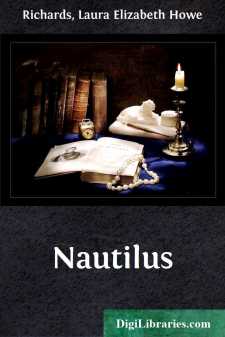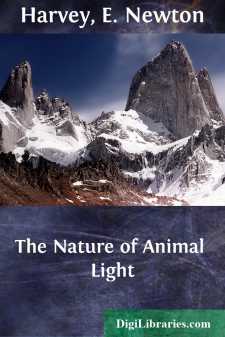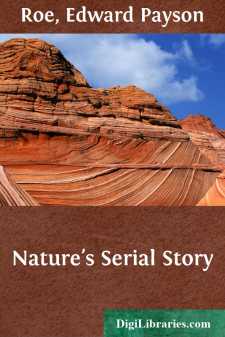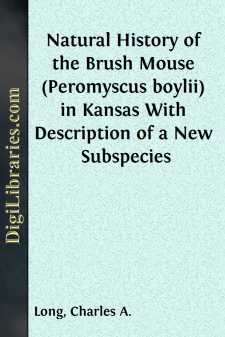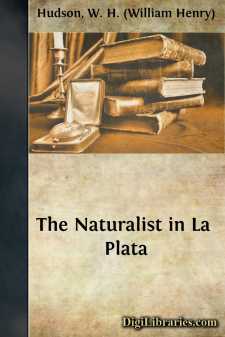Categories
- Antiques & Collectibles 13
- Architecture 36
- Art 48
- Bibles 22
- Biography & Autobiography 813
- Body, Mind & Spirit 142
- Business & Economics 28
- Children's Books 13
- Children's Fiction 10
- Computers 4
- Cooking 94
- Crafts & Hobbies 4
- Drama 346
- Education 46
- Family & Relationships 57
- Fiction 11828
- Games 19
- Gardening 17
- Health & Fitness 34
- History 1377
- House & Home 1
- Humor 147
- Juvenile Fiction 1873
- Juvenile Nonfiction 202
- Language Arts & Disciplines 88
- Law 16
- Literary Collections 686
- Literary Criticism 179
- Mathematics 13
- Medical 41
- Music 40
- Nature 179
- Non-Classifiable 1768
- Performing Arts 7
- Periodicals 1453
- Philosophy 64
- Photography 2
- Poetry 896
- Political Science 203
- Psychology 42
- Reference 154
- Religion 513
- Science 126
- Self-Help 84
- Social Science 81
- Sports & Recreation 34
- Study Aids 3
- Technology & Engineering 59
- Transportation 23
- Travel 463
- True Crime 29
Sort by:
CHAPTER I. THE BOY JOHN. The boy John was sitting on the wharf, watching the ebb of the tide. The current was swift, for there had been heavy rains within a few days; the river was full of drifting logs, bits of bark, odds and ends of various kinds; the water, usually so blue, looked brown and thick. It swirled round the great mossy piers, making eddies between them; from time to time the boy dropped...
more...
by:
E. Newton Harvey
CHAPTER ILIGHT-PRODUCING ORGANISMS The fact that animals can produce light must have been recognized from the earliest times in countries where fireflies and glowworms abound, but it is only since the perfection of the microscope that the phosphorescence of the sea, the light of damp wood and of dead fish and flesh has been proved to be due to living organisms. Aristotle mentions the light of dead fish...
more...
by:
Louis Becke
CHAPTER I. INTRODUCTORY—THE EARLIEST AUSTRALIAN VOYAGERS: THE PORTUGUESE, SPANISH, AND DUTCH. Learned geographers have gone back to very remote times, even to the Middle Ages, and, by the aid of old maps, have set up ingenious theories showing that the Australian continent was then known to explorers. Some evidence has been adduced of a French voyage in which the continent was discovered in the youth...
more...
by:
Clara Mulholland
CHAPTER I. ONLY FOR FUN. ow nice!" cried Bunny. "Mama has sent for Miss Kerr, so I can do exactly as I like for a little while. I am very glad papa brought us up here, for it is so pretty and so cool, and these gardens are so lovely;" and she gazed about her at the garden and the lawn and then at the distant sea that lay just beyond them, sparkling and dancing in the sunshine. "If I had...
more...
"I am getting very tired," said a hard brain-worker to me once. "Life is beginning to drag and lose its zest." This is an experience that can scarcely happen to one who has fallen in love with Nature, or become deeply interested in any of her almost infinite manifestations. Mr. and Mrs. Clifford of my story are not wholly the creations of fancy. The aged man sketched in the following...
more...
by:
Charles A. Long
In order to determine the geographic distribution of the brush mouse in the state, 15 localities, chosen on the basis of suitable habitat, were investigated by means of snap-trapping in the winter and spring of 1959, spring of 1960, and winter and spring of 1961. Variation in specimens obtained by me and in other specimens in the Museum of Natural History, The University of Kansas, was analyzed....
more...
CHAPTER I. THE DESERT PAMPAS. During recent years we have heard much about the great and rapid changes now going on in the plants and animals of all the temperate regions of the globe colonized by Europeans. These changes, if taken merely as evidence of material progress, must be a matter of rejoicing to those who are satisfied, and more than satisfied, with our system of civilization, or method of...
more...
The Sacramento Mountains Salamander, Aneides hardii (Taylor), is a plethodontid of relict distribution in the spruce-fir vegetational formation from 8500 to 9600 feet elevation in Otero and Lincoln counties, New Mexico. The salamanders on which most of this report is based were collected three, four, and six miles northeast of Cloudcroft in the Sacramento Mountains. Additional individuals were...
more...
NATURE NEAR LONDON WOODLANDS The tiny white petals of the barren strawberry open under the April sunshine which, as yet unchecked by crowded foliage above, can reach the moist banks under the trees. It is then that the first stroll of the year should be taken in Claygate Lane. The slender runners of the strawberries trail over the mounds among the moss, some of the flowers but just above the black and...
more...
by:
Jon C. Barlow
INTRODUCTION The Bell Vireo (Vireo bellii Aud.) is a summer resident in riparian and second growth situations in the central United States south of North Dakota. In the last two decades this bird has become fairly common in western, and to a lesser extent in central, Indiana and is apparently shifting its breeding range eastward in that state (Mumford, 1952; Nolan, 1960). In northeastern Kansas the...
more...


